Exposure of Female Athletes in Croatian Media: Can We Do More?
February 3, 2022 - Croatia has had unbelievable success in multiple sports since independence, regardless of funding, the size of the country, and various other factors. Football comes to mind, handball, water polo, and many more. However, some of the biggest success Croatia has ever had was achieved by female athletes. Why do we hear so little about them and can we do more? A look at the exposure of female athletes in Croatian media.
The number 4. It symbolizes a lot of things in the world: Marvel comic book heroes Fantastic Four, four sides of the world, Croatian band Four Aces (4 Asa), four medals Janica Kostelić won in the Winter Olympic Games in Salt Lake City in 2002 and so much more. However, besides this last great achievement number four represents for Croatian sports history, it also displays an abysmal percentage of media coverage of female sports in Croatian media. A
According to the analysis “Equality Between Men and Women in Sports Programs of Audiovisual Media”, conducted by Electronic Media Agency in 2019, across the three major TV stations (HTV, RTL, NOVA TV), the majority of media coverage (during sports news) is spent on men’s football, and men’s sport, in general, takes over 80 percent of the informative sports news. It dominates on commercial TV stations like RTL and NOVA TV. This sample is taken over three months in 2016, where they analyzed over two and a half hours of news footage. The agency also included other factors like female athlete speeches during informative sport news, which amounted to around six percent. After football, the most represented sports are basketball and tennis. Although in modest proportion, news about female athletes and their successes is still present. Television reports and articles that are dedicated to “unrepresented” sports like gymnastics, alpine skiing, archery, and athletics, have female athletes, however, they are always reported with men.
The only time female athletes are covered in the media is when the “miracle run” happens; e.g., Croatia women's handball team winning the bronze medal at Euros in 2020, or a Croatian female athlete becomes an internet sensation because of her beauty e.g., Antonija Mišura in the London Olympics in 2012.
The Electronic Media Agency also forwarded a survey with two main questions to sport federations and media representatives: “Do you think that women's sport in Croatia is sufficiently represented in the informative program of Croatian electronic media” and “What should happen or improve to make women's sport more represented in electronic media? Where do you see the problem and the possibility for improvement?”.
In conclusion, all sport federations agree on a few things. The amount of women’s sports content on their official social media and websites is almost equal to men’s but the media is not trying enough to do the same. Oversexualizing news about female athletes is, unfortunately, a common thing - emphasis on the looks, the way they dress, who are their partners, and more. Furthermore, no television coverage, e.g. Croatia women’s handball team didn’t have TV coverage for most Croatian viewers during their incredible run at European Championship in 2020, until they reached the semifinals of the tournament. Most of the women’s sports games are aired during night as replays, which is still not good enough. In their response to the survey, they also emphasized the effort they are putting in making women’s sports more popular in Croatia and sent a message to the media to start covering female athletes in an appropriate manner.
On the other hand, media representatives agree with sports federation pleas but also express their obstacles in doing proper media coverage for women’s sports. Particularly, the market trends in the media sphere. They have statistics and parameters that show distinctly more hits and clicks on articles about men’s sports, in this case, football. Also, the situation in other countries is not better - there are struggles as well in reporting women’s sports news. In the end, media representatives still feel like they could do a lot more in informing the Croatian public about successes their female athletes achieve and hope, with the support of other institutions and Croatians will, that the future is bright for reporting about women in sports.
How can we, as the media, make sports events and news more diverse, interesting, and appealing for everyone? How can we expand the interests of Croatians to female sports as well? Again, the question from the beginning of the article is - can we do more? Yes, but we cannot do it alone. It is well known that Croatia has incomparably fewer money investments in sports than other countries in Europe and if it isn’t for our amazing athletes' will and passion, we would not be where we are now. Croatia still doesn’t have appropriate marketing campaigns for women's sports nor regulations which would encourage more media coverage.
Nevertheless, journalists and media also need to do better. Oversexualizing every aspect of female athletes and bigotry through Croatian media probably won’t go anywhere soon but with future regulations and by joint efforts with other sports and governing institutions, the media atmosphere will be much more favorable for female athletes.
If we can celebrate them when they are on top of the world, we can at least give them a platform to show them that there are people who care and support them regardless they are best or not. These surveys studies showed that every representative in Croatian sports media and sports itself know about the issue. The talk is in progress and slowly but surely the act is in motion. We can start here.
To read more about sport in Croatia, follow TCN’s dedicated page.
Sports Culture in Slavonia: How One Tournament Became a Way of Life
30 January 2022 - Croatia, in comparison to other countries in Europe, is relatively small. However, what’s really beautiful about it is the diversity of every single region in terms of tradition, culture, the mentality of the people, and more. Sport fits that narrative as well. This is a story of how small Slavonian villages lived and still live through sports during summer. A look at sports culture in Slavonia.
When it comes to summer in Croatia, most of the residents in Vukovar - Srijem County think about how can they “escape” the unbearable Slavonian heat and relax on the beautiful Adriatic coast with no obligation to anything. Unfortunately, people who are unable to afford the trip to the coast stay in and brainstorm what to do to “kill” time. Summer sports events became one of them and stayed relevant even today. The main question is, when did this all start? How have these tournaments become so integral for residents of small Slavonian communities?
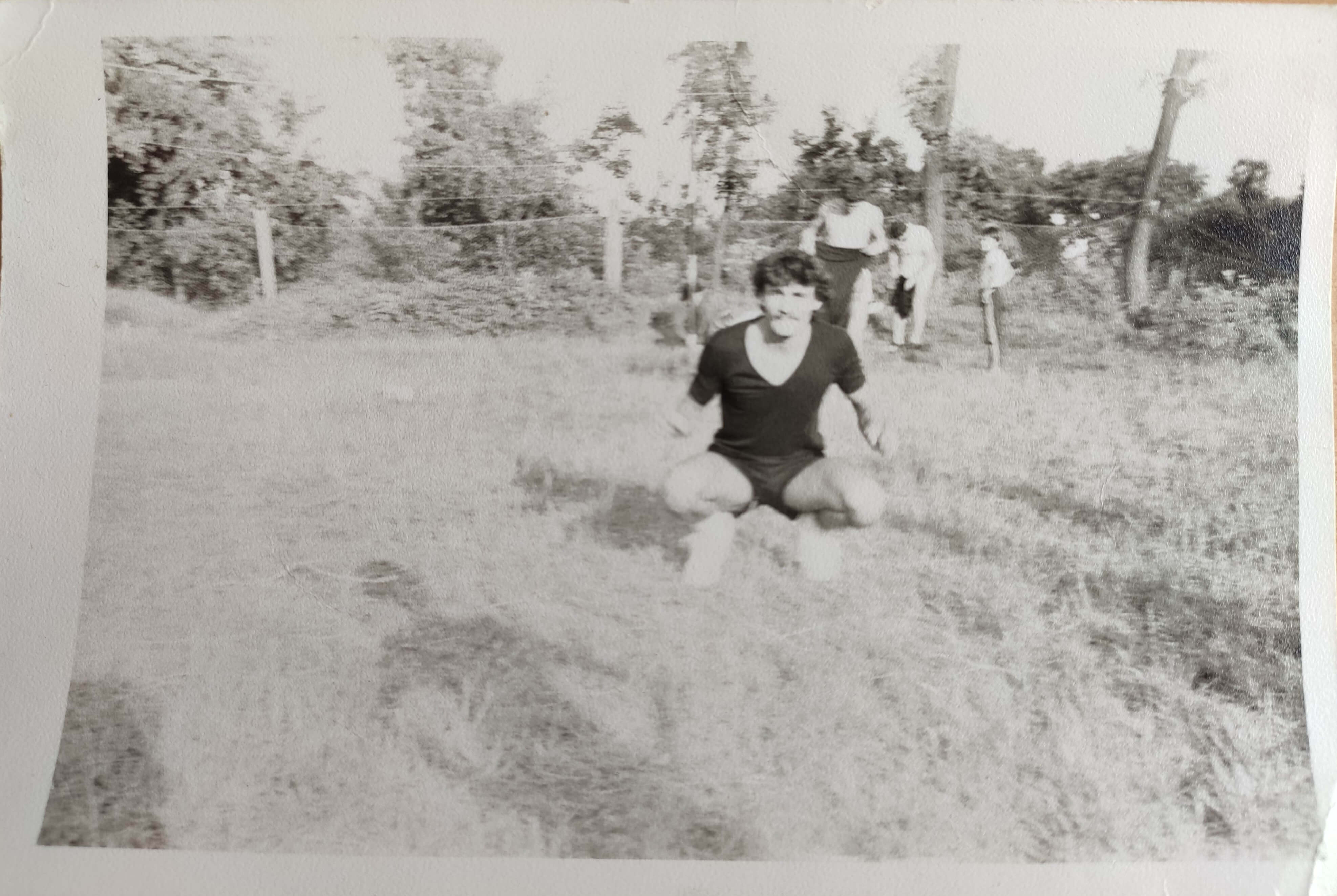
My father preparing for the football tournament in the early 70s, Private album/Dora Naletilić
According to Bijelić (2008) and his article The Beginning of Playing Football in Đakovo, “it was started by students who, over summer school holidays, stayed in the cities that did not abound that much entertainment for young people. Sports, or in this case, football, was supposed to enrich the social life of the place, expand the possibilities of creative expression and in socially acceptable way articulate the accumulated youthful energy.” There weren’t dressing rooms where participants could get changed in sports gear or leave their personal stuff. It was an open meadow with no shade, exposed from all angles. However, that did not stop anyone, they just wanted to play football.
Growing up in a Slavonian village during the 90s and 00s had its pros and cons but the biggest advantage was definitely sports tournaments that took place during summer school holidays. The anticipation could always be felt near the end of the school semester. Teams participating would be revealed and speculation would begin: Who is playing for which team? Who is leading them? Our neighbour? Someone’s brother? Sister? Cousin? Some guy from another village who was a professional athlete? It seems silly to the outsiders but for us, it was a highlight of the year. It started with Municipality Day, a village fair celebrating a local saint (in this case St. John the Baptist), an amusement park that entertained kids during the day and it continued until the evening when the summer tournament was about to start. It didn’t have a particularly fancy venue; a playing field made out of concrete suited for handball and bleachers which were made out of the same material. Nothing special. Until it was.
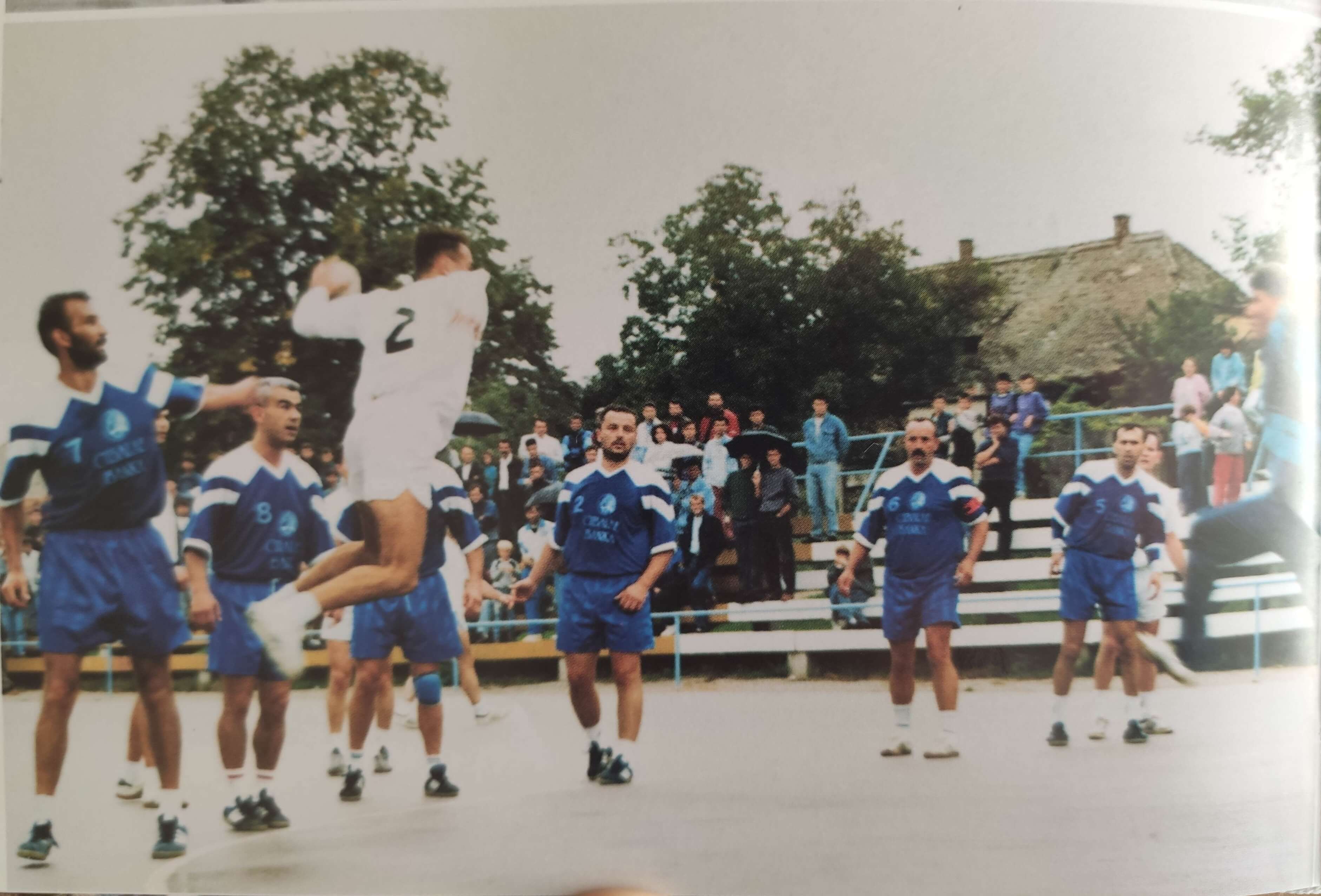
An old concrete field that was used for handball and football in the late 80s, "Rukometni klub u Ivankovu 1966 - 2016" book by Handball club "Cestorad" Ivankovo
The organization consisted of three main segments: the staff that kept the score and records of participants, sponsors of the venue, and of course snack bars, which were filled with local cuisine. When that was settled, the tournament could begin. The whole village of Ivankovo would participate in the event and support their own favorite teams. The supporting crowd would take out their own sirens that firefighters would use in their interventions and the atmosphere would seem like there was a huge national football cup game going on. Parents would drink their beers and nibble the seeds with their children, while the older folks would loudly comment on everything happening on the field. It was a picture-perfect small-town atmosphere that we (now young adults) think fondly of.
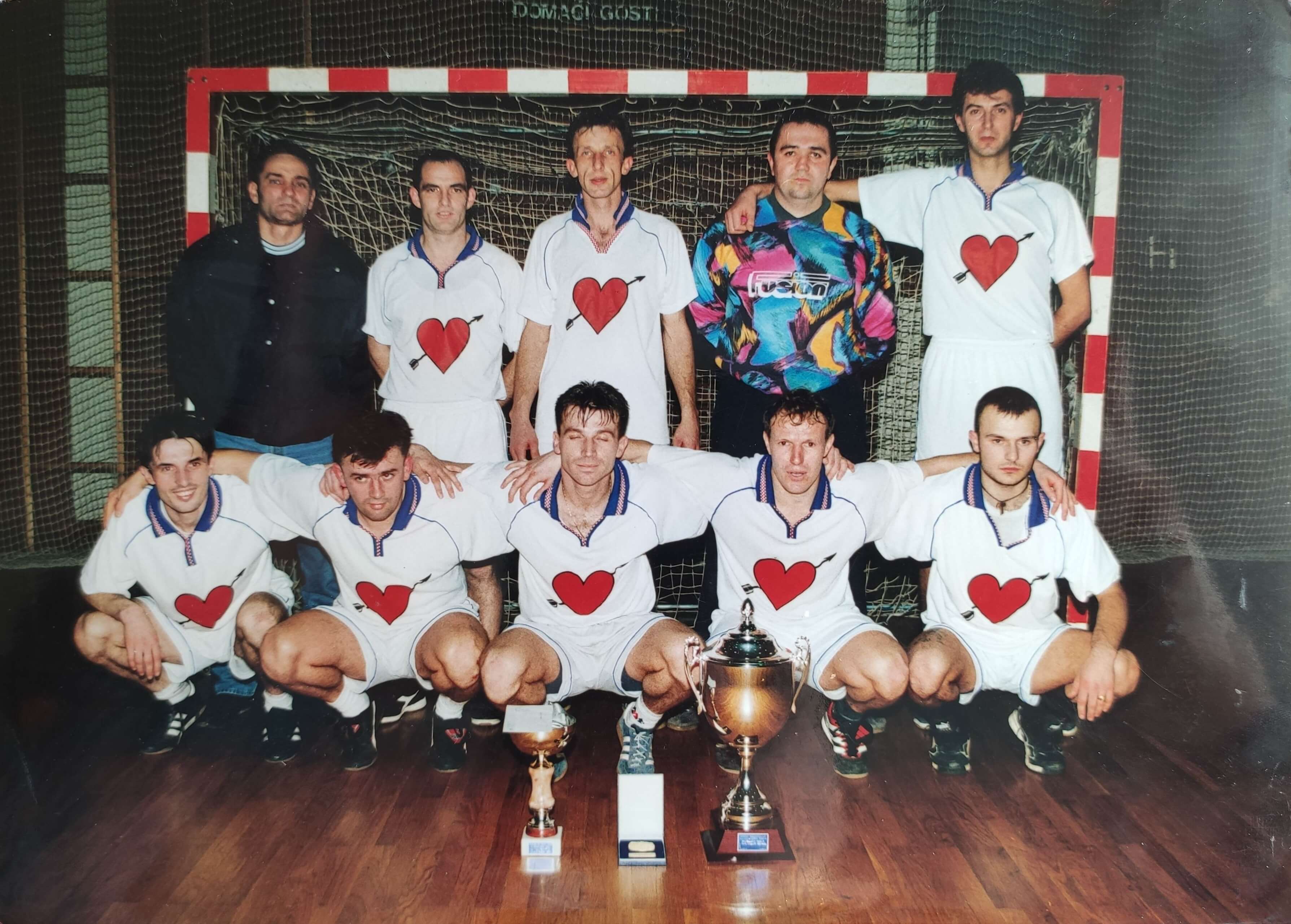
"Lutajuća srca" after winning the summer tournament, the early 2000s, Private photo album/Dora Naletilić
Looking through the old photos reminded me why I started loving sport in the first place. My father was constantly participating in villages sports tournaments, mostly football ones, where he would have his own team competing for the title of the best in the village. His team was called “Lutajuća srca” (Wandering hearts) and has won multiple tournaments over the years. One of the best feelings in my life was carrying that trophy across the field after excruciating penalties and the sound of the fellow villagers clapping and cheering.
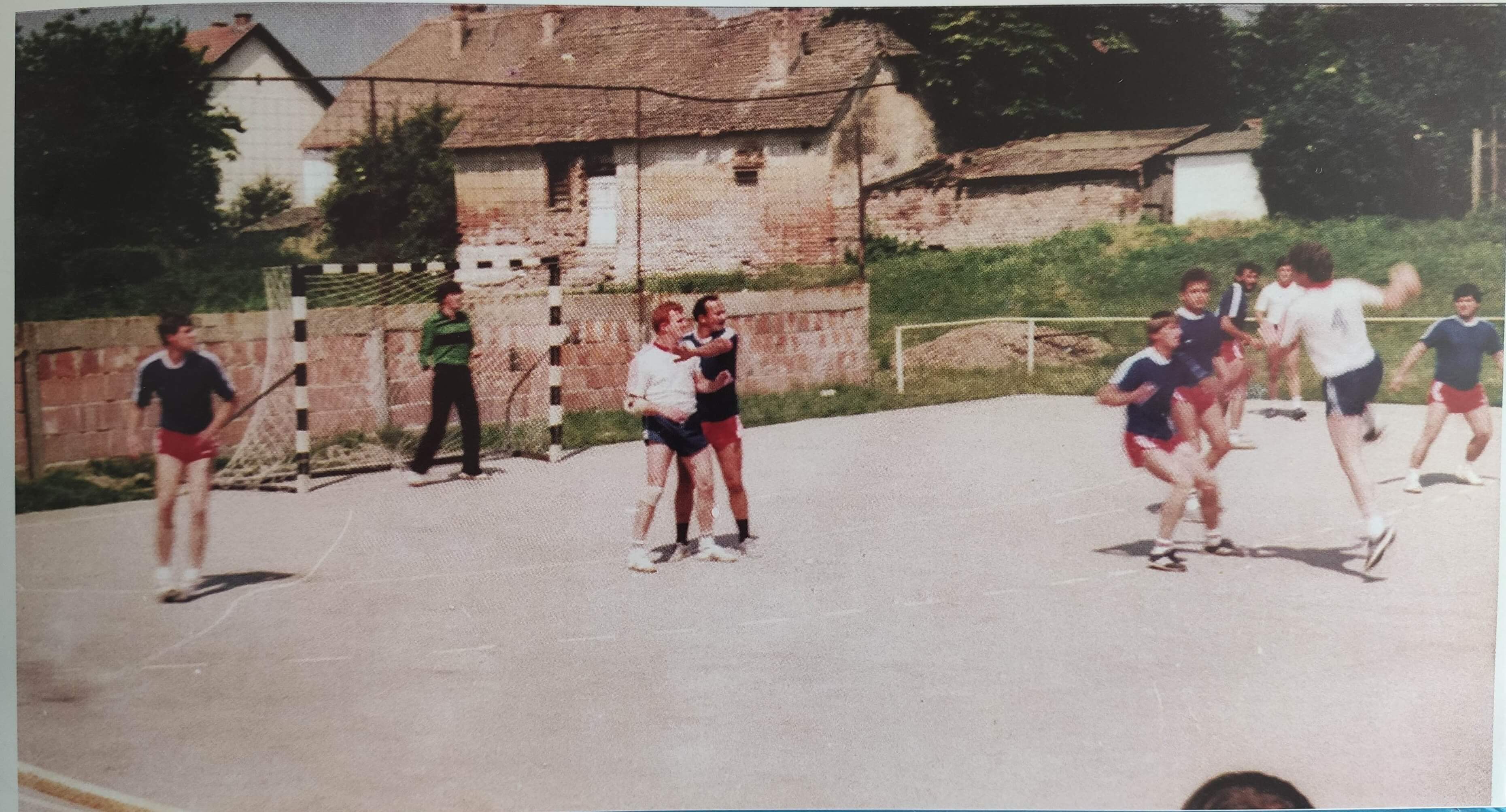
Old handball tournaments in 1986, "Rukometni klub u Ivankovu 1966 - 2016" book by Handball club "Cestorad" Ivankovo
Football wasn’t the only sport Ivankovo had to offer, handball always had and still has a big impact on sports fauna in this part of Slavonia. When the sports arena in Ivankovo was built, children and senior players finally had a venue where they could play their league games. After the mass, every Sunday morning people would go to the games and root for their team. Generations of families were always part of sports teams (including my brothers) and it stayed like that even today.
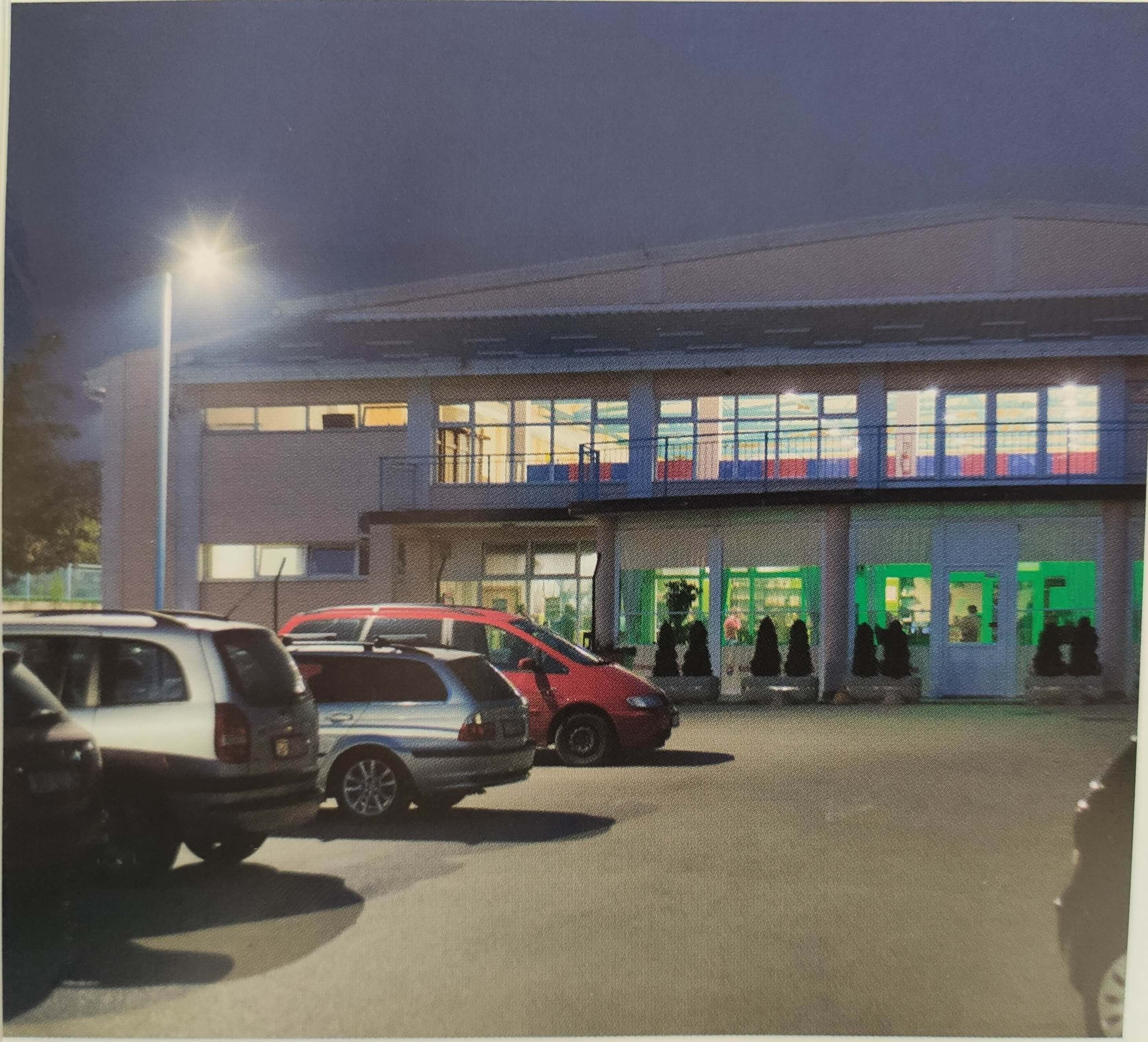
Sports arena opened in 2008, "Rukometni klub u Ivankovu 1966 - 2016" book by Handball club "Cestorad" Ivankovo
The annual summer tournament in Ivankovo maybe doesn’t have that charm it had 20-30 years ago but it’s still happening to this day. Sports games as a part of the “Summer in Ivankovo” are still going strong with other surrounding villages having their own traditional events. This only just shows that nothing in this country is taken for granted; if we love it, then we truly love it with all our hearts and souls. Sport is not just entertainment here, it’s the way of life. 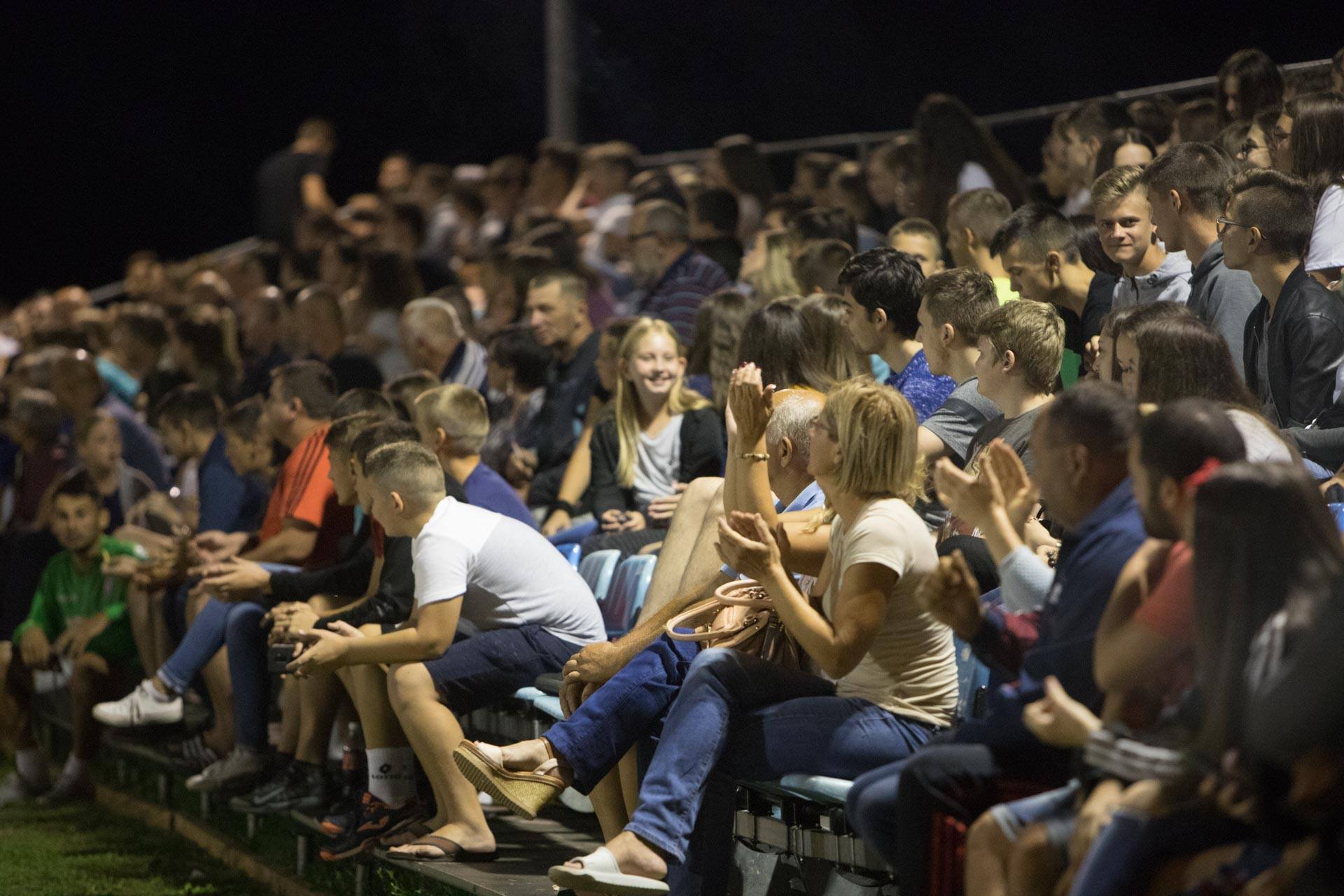
The crowd at a sports event during "Summer in Ivankovo", photo credit: Ivankovo.info
To read more about sport in Croatia, follow TCN’s dedicated page.
Croatia to Host European Deaf Handball Championship on 18-27 June
ZAGREB, 16 May, 2021 - The Croatian Deaf Sport Federation will host the 12th European Deaf Handball Championship in Zagreb on 18 to 27, the first major competition of the deaf to take place in Croatia.
The championship will feature six national teams - Bosnia and Herzegovina, France, Russia, Serbia, Turkey and Croatia. Croatia will be defending the gold medal won at the previous championship in Berlin in 2016.
For more news about sports in Crotia, follow TCN's dedicated page.
Zlatko Saračević, Podravka Vegeta Handball Team Coach Passes Away at 60
February 21, 2021 - Horrible news shook Croatian sports fans this evening, as we found out that Zlatko Saračević, current coach of the Podravka Vegeta handball team and former handball star passed away suddenly. He was only 60 years old.
It was supposed to be the night of the biggest derby in the Croatian female handball, the Podravka Vegeta - Lokomotiva game. His team won, although they've recently suffered a series of defeats, with the final score 32:29. After the game, Zlatko Saračević gave a statement to the Croatian media, and right after leaving the venue of the game, he got sick and was swiftly taken to the Koprivnica hospital. Index.hr writes about the events of the night, taking their story from podravski.hr. According to them, the doctors tried to resuscitate Saračević for 40 minutes, but they had to admit defeat in the end.
Zlatko Saračević, Sarač as he was known for years among the handball fans in Croatia, was born on July 5th, 1961 in Banja Luka. He played for several clubs in former Yugoslavia, and then went to play for several French clubs in the early nineties. He came back to play for Zagreb in 1997, and finished his active playing career in 2003. He was a Olympic gold medalist with the Croatian team in Atalanta in 1996, and a bronze-medal winner in 1988 for team Yugoslavia in Seoul. He was also a World champion and a silver-medal holder.
After his active career was over, he started his coaching career, during which he coached numerous teams, including his former teams Zagreb and Zamet, as well as Dubrovnik and a period as an assistant coach of the Croatian national team. For the past 3 seasons, he was the coach of the Podravka Vegeta handball team, the most successful club in Croatian women's handball.
World Class: New Dubrovnik Sports Hall For 2025 World Handball Comp
February 4, 2020 – The new Dubrovnik Sports Hall will have world-class facilities and be multifunctional, capable of holding cultural events as well as sports. It will be completed in time for the city joint hosting the 2025 World Handball Championship
The City of Dubrovnik has revealed plans for a new world-class Dubrovnik sports hall. The venue will have ultra-modern facilities and will be a multifunctional space, allowing it to be also used for cultural events such as music concerts. The city will apply for European funds to help pay for the new Dubrovnik sports hall.
In February 2020 it was announced that Dubrovnik would be one of the hosts of the World Handball Championship in 2025. The announcement and impending visit of the competition is the impetus for launching the project of the new Dubrovnik sports hall. Croatia is one of three countries - alongside Denmark and Norway - that will jointly host the World Handball Championships in 2025.
The new Dubrovnik sports hall is planned as a multifunctional sports and congress hall and cultural centre, which will sit next to the existing sports hall in Gospino polje. The old hall and the new Dubrovnik sports hall will be connected, creating a venue capable of holding some 4200 spectators. It will be a complex containing three handball courts for competition or recreation, alternatively to be used as a congress hall or for music concerts, at which the capacity would be 4000 guests.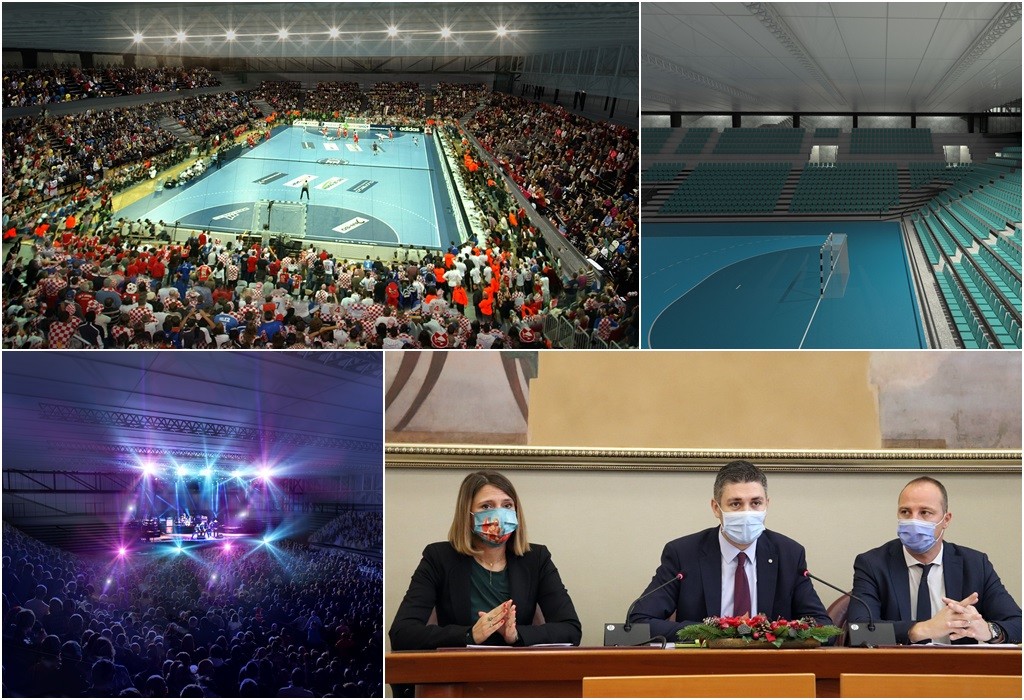 © Grad Dubrovnik
© Grad Dubrovnik
Plans for the new Dubrovnik sports hall were presented jointly by Mayor Mato Franković, Head of the Administrative Department for European Funds, Regional and International Cooperation Zrinka Raguž and Director of the Sports Facilities Dubrovnik Lukša Klaić. The city aims to obtain building permits by the end of 2021 and complete construction by the end of 2024.
For the latest travel info, bookmark our main travel info article, which is updated daily.
Read the Croatian Travel Update in your language - now available in 24 languages.
What's The Secret of Croatia's Sporting Success?
Just what is it that makes Croats so, so good?
Handball Fan-Zone Tent on Zagreb Main Square
Now that January is very much upon us, and the celebrations of another extremely successful Advent season are also subsiding, Zagreb’s Ban Jelačić Square hasn't had a lot of time to be empty...
Croatia Beats Serbia in European Handball Championship Opener
The Men's European Handball Championship 2018 finally started today, after weeks of anticipation and atmosphere build-up, and Croatian team beat Serbia 32:22.
Croatia v. Serbia: A Look at Greatest Sporting Clashes Between Two Countries
An analysis of the greatest sporting clashes between Croatia and Serbia ahead of the 'match of the year' between the two nations at the European Handball Championship tonight.
Croatian Handball: Coach Červar Announces 21 Players for Upcoming Representative Matches
Who's ready for some Croatian handball next month?


